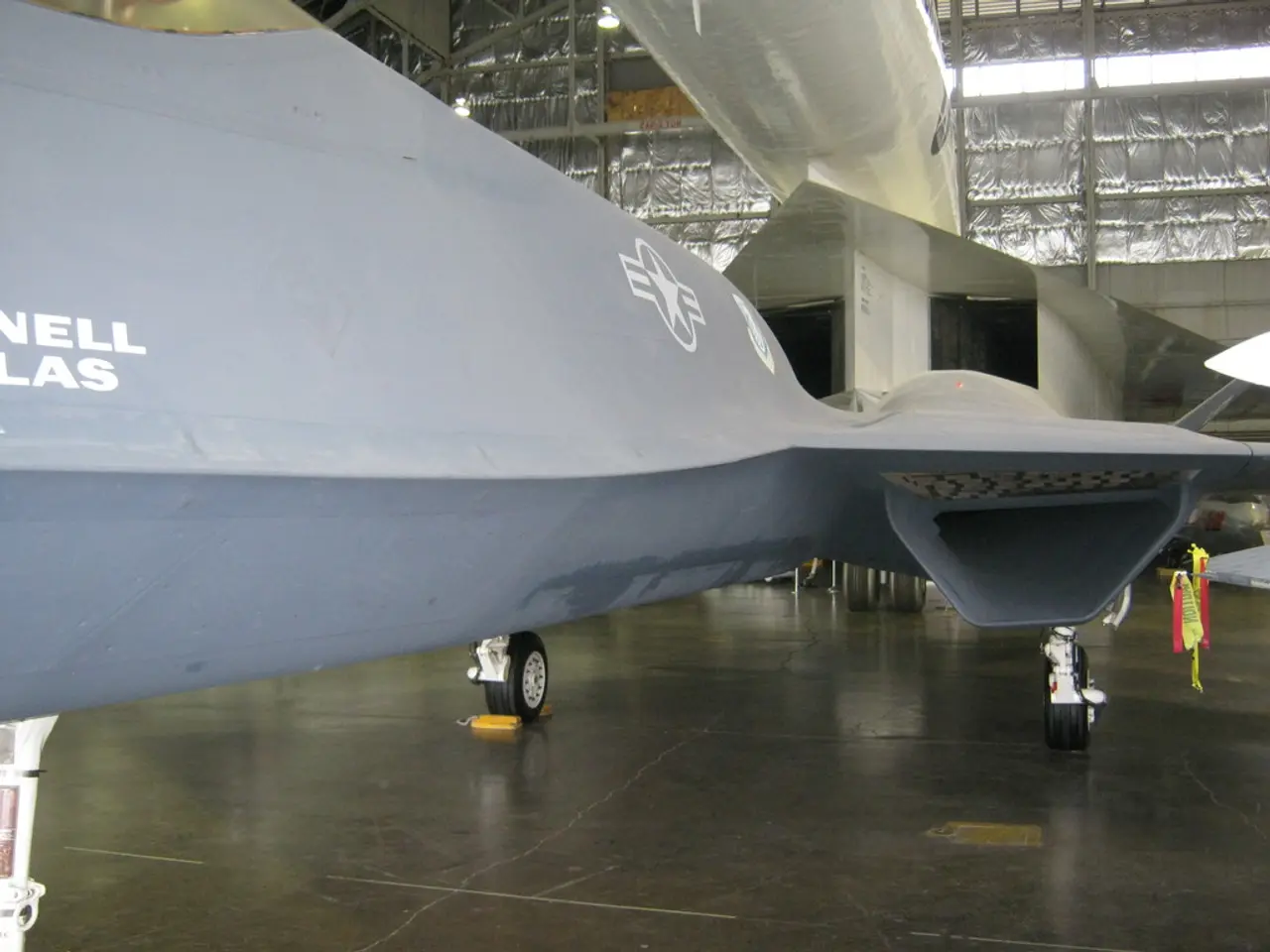Airline Safety Rating Process Explained and Its Continuous Evolution
In the realm of travel, safety is paramount. This is where Airline Ratings comes in, a comprehensive system designed to help travellers make informed decisions when choosing an airline. Established in 2012 by aviation expert Geoffrey Thomas and his wife Christine, Airline Ratings employs a data-driven, multi-dimensional approach to evaluate the safety of airlines worldwide.
The core of Airline Ratings' evaluation revolves around three key factors: pilot-related safety incidents, fatal accidents in the last 10 years, and international safety audits. For pilot-related incidents, airlines with no serious issues are awarded three stars; those with incidents receive between zero and two stars depending on the severity and frequency. Fatal accidents involving passengers or crew within the past decade result in a deduction of three stars, but exceptions are made for tragedies caused by terrorism, hijacking, pilot suicide, or incidents clearly not the airline's fault, such as runway incursions by other aircraft.
The airline's and its home country's performance in global safety audits, such as the IATA Operational Safety Audit (IOSA) and ICAO audits, is also factored in. Airlines failing these audits or found at fault for crashes are disqualified from the top safety rankings.
Additional factors integrated into the ratings include serious incidents over the past two years, fleet age and size, incident rates relative to fleet size, pilot skill, training rigor, and incident management capabilities, and the financial stability of the airline. The ratings also consider how effectively an airline manages incidents, with well-managed incidents that do not escalate potentially enhancing an airline’s safety profile.
In recognition of airlines that have earned a seven-star safety rating, Airline Ratings releases an annual list of the World's Safest Airlines. This list provides a closer look at airlines that have consistently demonstrated outstanding safety records.
Airline Ratings' mission is not only to help keep air travel safe but also to work closely with airline partners to promote safety, support best practices, and honour the extraordinary work being done in commercial aviation every day. As air travel remains the safest form of transportation, Airline Ratings' safety ratings are widely viewed and respected, serving as the gold standard for travellers looking to fly safely.
The safety rating system is undergoing updates to better reflect the realities of modern air travel, with potential future considerations including airline policies around onboard lithium batteries, safety videos, and the use of advanced safety monitoring tools.
With its focus on real-world performance and strict criteria, Airline Ratings continues to strive towards its goal of helping travelers feel informed and confident when choosing an airline. The safety ratings are explained more simply and personally, with a focus on helping people feel informed and reassured about their travel choices.
- The safety ratings provided by Airline Ratings account for various factors such as pilot-related incidents, fatal accidents, global safety audits, fleet age and size, incident management capabilities, pilot training rigor, and financial stability of the airline.
- Airline Ratings' core evaluation process involves the assessment of three key factors: pilot-related safety incidents, deadly accidents in the last ten years, and international safety audits.
- The safety rating system, established by aviation expert Geoffrey Thomas and his wife Christine in 2012, is widely recognized and viewed as the gold standard in the travel industry for those seeking safe air travel.
- In an effort to promote safety and professional best practices in the transportation and aviation industry, Airline Ratings collaborates closely with airline partners and honors the remarkable work being done in commercial aviation every day.




